“There is transphobia in society, and so there is transphobia in games,” Dr Mitchell McEwan, Lecturer in Computer Games at Macquarie University, told me.
It’s a statement that shouldn’t come as a shock, especially to readers of this site. We see it in sports, we see it in schools and we see it in politics, but we also see a distressing level of transphobia within the gaming community.
To me, the gaming community appeared to be a space for people who didn’t necessarily fit in and so it would’ve made sense to me that it would embrace all different types of people.
Don’t get me wrong, in many circumstances, that’s still very true. There are beautiful facets of the gaming community that are accepting, embracing and just happy to play games with other people.
However, there appear to be pockets of very loud people within the gaming community who spew a large volume of transphobic hate. As a result, online communities and even games have become increasingly unsafe spaces for many trans and gender-diverse people.
I was privileged to talk to both Dr Mitchel McEwan and Mahoney, a games researcher, on how transphobia affects, interacts and exists within the gaming community.
Content warning: This article discusses transphobia, homophobia, mental health issues and suicide.
The rise of transphobia globally

In my opinion, it’s dangerous to isolate these transphobic attitudes, sentiments and commentary to just the gaming community, no matter how casual or explicit they may be, because they are not formed in isolation.
Transphobia in small instances within the gaming community isn’t just a flash in the pan; it’s connected to a deeper, more sinister structural hatred of trans people.
Many attribute this rise in transphobia to the increase in visibility amongst LGBTQIA+ communities and society wanting (for the most part) to catch up to inclusivity.
But, as with anything, more visibility means more opportunities for hate and discrimination.
Over the past decade, there’s been a devastatingly sharp uptick in archaic laws targeting trans folk, particularly trans youth, essentially criminalising their existence.
Although this only skims the surface of the current wave of transphobia, it’s incredibly important to go through it and contextualise those comments you see in articles, in chat rooms or plastered across social media.
In just the U.S. alone, there are currently 429 (and rising) anti-LGBTQ bills, and that’s just for the 2023 legislative session. 429 bills, and it’s only March.
Many of these bills specifically target trans, intersex and nonbinary people and prevent them from obtaining accurate IDs, accessing healthcare and affirming surgeries, the use of bathrooms and some even preventing trans students from participating in school activities like sports.
Not all of these bills have been passed into law, but almost all of them are advancing. In Tennessee, a bill was passed that restricts drag shows in public or in front of children. On the same day, the Tennesee governor signed a law that essentially prohibits gender-affirming care for minors.
Just recently, the UK government blocked Scotland’s transgender bill that passed through the nation’s parliament. It threatened to tear the UK apart, with Scotland’s Prime Minister resigning shortly after the law was vetoed.
And yes, we do live in Australia, but we are still under the influence of Americanisation. You can argue all you want that America has no control over Australia, but most of our technology, larger game studios, publishers, streaming services and entertainment come from the U.S., where intense transphobia is currently gripping the nation.
“America is going through a thing where … a lot of laws are being made or repealed that make it not a friendly environment for trans and gender diverse people in general,” Mahoney explained, “America has a large population and a large portion of the players [within] the gaming community exists there.”
In the gaming community, much like the wider internet, physical borders do not exist. People can chat on Discord or Twitch with someone in America at any point in time. As a consequence of this, transphobia can be shared through these channels discretely, irrespective of where in the world users are.
Although Australia hasn’t necessarily passed any legislation that prohibits trans folks’ livelihoods in the way that the U.S. and UK have, transphobia is still rife within public discourse and politics here.
Last year, the NSW government rejected a bill introduced by Mark Latham, which proposed bans on transgender students from confidentially coming out and restricted their access to sports and toilets.
During the Federal Election of 2022, Katherine Deves, Former Prime Minister Scott Morrison’s hand-picked candidate for Warringah, defended her comments labelling transgender children as “surgically mutilated and sterilised”.
Just last week, there was a clash between transgender rights protests with an anti-trans rally where literal neo-Nazis rocked up in Melbourne.
In the same weekend, around 100 people rallied with the Community Action for Rainbow Rights group in Sydney to counter a protest held by far-right religious groups with banners calling for the protection of children from queer people.
This fear, intimidation and hatred of trans people don’t just happen in one weekend, and then everyone gets to go home and carry on with their lives.
The mental health impacts of transphobia are immense and should not be understated.
According to LGBTIQ+ Health Australia, as of 2021, transgender and gender-diverse folk over the age of 18 are five and a half times more likely to experience and be diagnosed with depression than their cis-gendered peers.
By the same token, trans people aged 14-25 are fifteen times more likely to have attempted suicide.
Obviously, the reasonings behind the high rates of depression and suicide are a culmination of many things, but it’s safe to assume that a large chunk has to do with transphobia and transphobic attitudes.
We live in a time where it’s becoming popular rhetoric to dissect and diminish trans existence and subject them to discrimination and unjust laws.
The Hogwarts-shaped elephant in the room
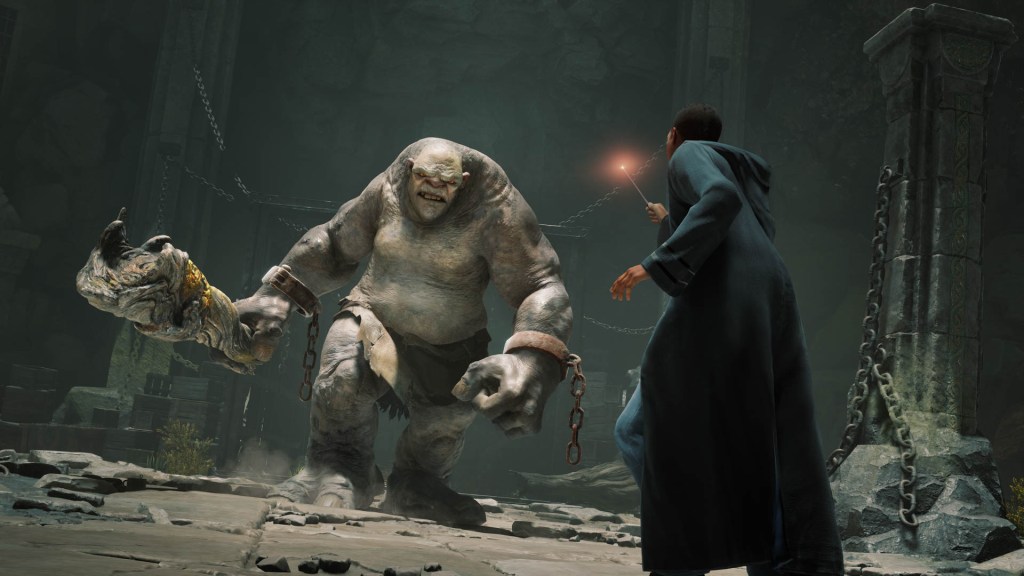
Probably the most obvious, and rather vicious, example of transphobia in the gaming community has surrounded the game Hogwarts Legacy.
I don’t think I need to dive into the particulars of the Hogwarts Legacy controversy and to be honest, I don’t want to.
No, the IP holder did not have a direct say in the games, and she wasn’t there making or building the characters, nor was she in the studio with the developers.
But she did create the world the game is based on, so therefore, Harry Potter and Hogwarts Legacy is an extension of her. The transphobia she espouses is interwoven into the things she creates.
Everyone seeks to separate the artists from the art, but that’s a very privileged position to take, especially when that artist isn’t feeding into the cesspool of hate against your community.
A common argument people make about Hogwarts Legacy is that JK Rowling won’t make money from the game, but she does.
As the creator of the intellectual property, Rowling will most likely earn royalties from the game. She’ll also probably see a spike in interest in books and movies, which of course, she will earn money from.
Recently, Rowling seemingly implied that Death Eaters in Harry Potter were stand-ins for transgender people and the wider LGBTQIA+ community.
In JK Rowling’s latest – and potentially most bigoted and dangerous – diatribe against transgender people and the LGBTQ+ community, she implies that Harry Potter’s Death Eaters were stand-ins for queer people campaigning for equal rights.
Yes, really. Buckle up 🧵#JKRvsLGBTQ pic.twitter.com/DSWz7Vi1ZG
— Bad Writing Takes 🖊️🏳️🌈 (@BadWritingTakes) March 16, 2023
However, it’s important to note that transphobia did not start occurring within the gaming community because of Hogwarts Legacy. It’s always been there; it’s just never been so visible.
I also feel it’s necessary, amongst all the noise, to note that buying a video game does not make you transphobic. Although yes, the IP holder of the game does hold transphobic views, that does not mean the game itself is transphobic.
As Mahoney stressed, although buying Hogwarts Legacy does not necessarily make you transphobic, it still doesn’t allow people to ignore the transphobic context surrounding the game willfully.
“The game has its ups and downs, it has trans developers, but it has some not great representation, but buying it and playing it isn’t necessarily transphobic,” they say.
“So there’s that toxicity that’s [actively] transphobic, and we don’t want to support that, but we also don’t want people being vilified for buying this game if they’re just trying to play a game.”
“Don’t bully people for buying the game; for some people who grew up with Harry Potter, this can be a formative aspect of their identity, and they need time to be able to grieve the loss of this world.”
It’s a sentiment that I agree with strongly.
We’ve all witnessed it, why don’t we address it?
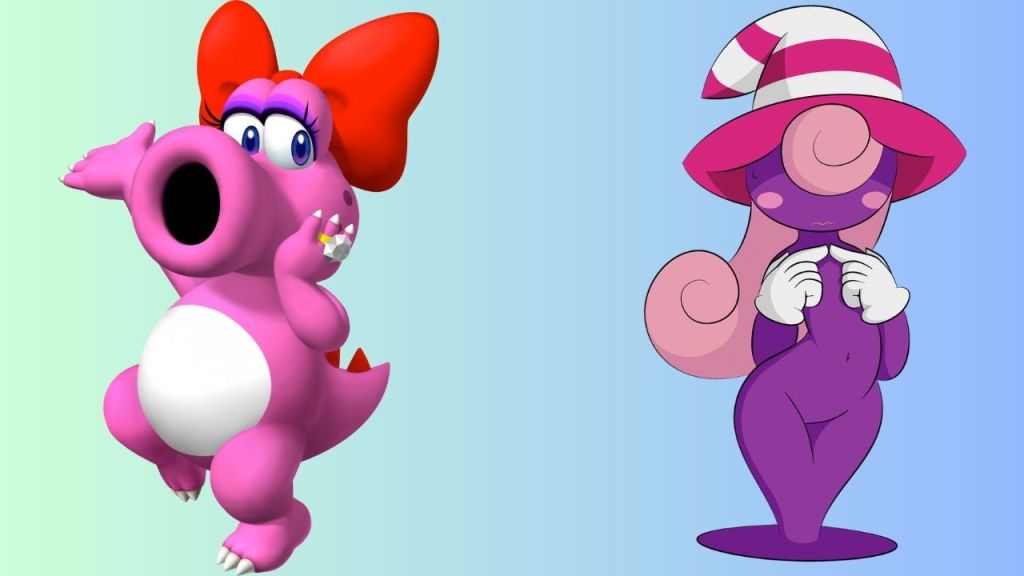
What concerns me more than Hogwarts Legacy or whether or not people chose to play it is how certain members of the gaming community have amplified their transphobia as a result of the discourse.
If you go to the comments section on Kotaku Australia or on our Facebook on any given article that even mentions trans people or transphobia, the comments section is flooded with vile takes that serve no other purpose but to create division and spread bigotry.
In writing about Hogwarts Legacy and making mention of Rowling’s transphobia, I was met with a barrage of commentary across several platforms that proved my point.
In fact, I received several abusive emails and even a death threat. One email was headlined, “Fuck you you gay ass faggot.”
For instance, one article received almost 600 comments on Facebook, just for briefly mentioning Hogwarts Legacy and the transphobic sentiments around the game.
But again, Hogwarts Legacy didn’t start this, it just came at a time when where fierce hatred towards trans people exists in current discourse and public life.
This isn’t a new phenomenon, however, it seems like something that more and more people are jumping on the bandwagon of hate.
Several gaming Reddit threads were removed over three years ago for inciting and platforming transphobia. On one thread, a user asked, six years ago, ‘Why are gamers so transphobic?’ in relation to videos about Birdo and Vivian from Paper Mario.
Dr McEwan also said he’s witnessed transphobia within online forums.
“I’ve also seen [transphobia] in the broader community forums, such as with a pro-trans activist speaking at a gaming convention being confronted with transphobic comments from members of the audience.”
Why does transphobia exist within the gaming community?
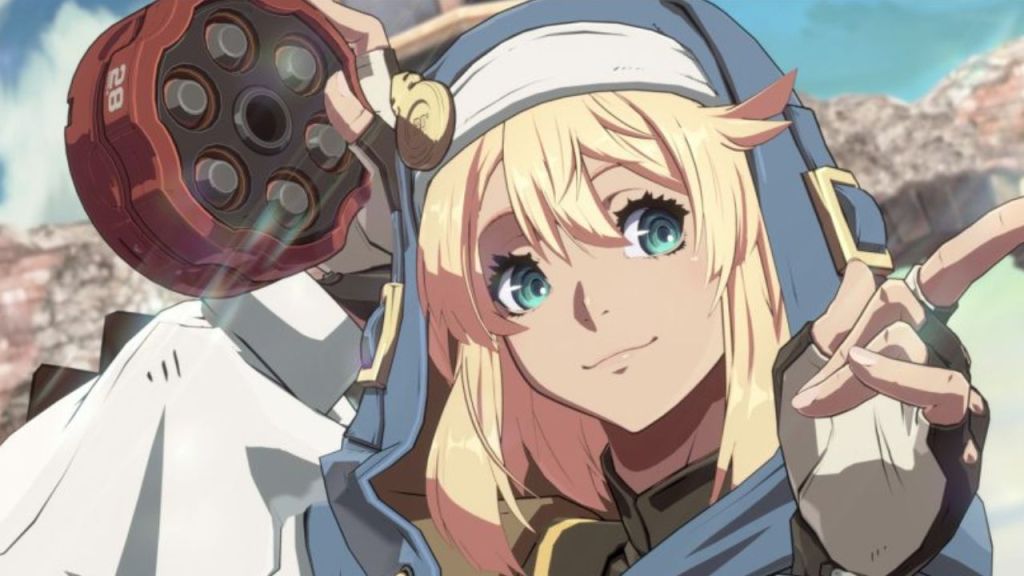
So why does so much transphobia exist within these pockets of the gaming community?
As Dr McEwan said, “Gaming cultures are just microcosms for the larger society, so we find many of the same discrimination, biases, and other problems present there.”
I think that a large part of why there is so much vitriol towards trans folk within the gaming community is because a large part of their identity was formed around the core values of what it used to mean to be a ‘gamer.’
“Traditionally, as shown through gender studies in games, gaming was perceived and marketed as more of a masculine youth activity, and so a masculine, aggressive, ‘hardcore’ and younger identity became associated with it,” Dr McEwan explained.
The warping and intertwining of one’s identity around these core values can be rather dangerous. As the community grows and the definitions of what it means to be a gamer expand with it, many of these people start to see this as a threat to the values that shaped their identities.
As a result, these people might start to attack others that don’t align with their perception of what they think the identity of a gamer should look like. They do so believing they are defending or protecting their community, as Dr McEwan pointed out.
Obviously, it’s important to stress that the entire gaming community is not transphobic, nor do they all carry anti-trans attitudes, but rather a very vocal minority. So if it’s just a minority way of thinking, why is there so much transphobia within online gaming communities?
Well, Dr McEwan believes it’s because of aspects of ‘groupthink’, where people might gain a sense of community and relatedness in their shared hate and bigotry. Some may even find a form of enjoyment in the performative nature of espousing transphobic hate.
If we look at the gaming community from a subculture point of view, as Mahoney noted, then we can look at the transphobia that occurs within online platforms as a result of the resistance to being subsumed by the dominant culture.
“I feel like it’s like a resistance to wanting to be subsumed by a major culture … which also partly explains why there’s a resistance to casual gaming because that hardcore gamer will lose that [identity] if that’s what gaming is. [Gaming] becomes a very accessible media that is no longer a unique identity,” Mahoney explained.
Many players who do not share the same views, however, are often too scared to get involved or respond to the transphobia because it will only cause further problems. There is also then the fear of being attacked for standing up to it.
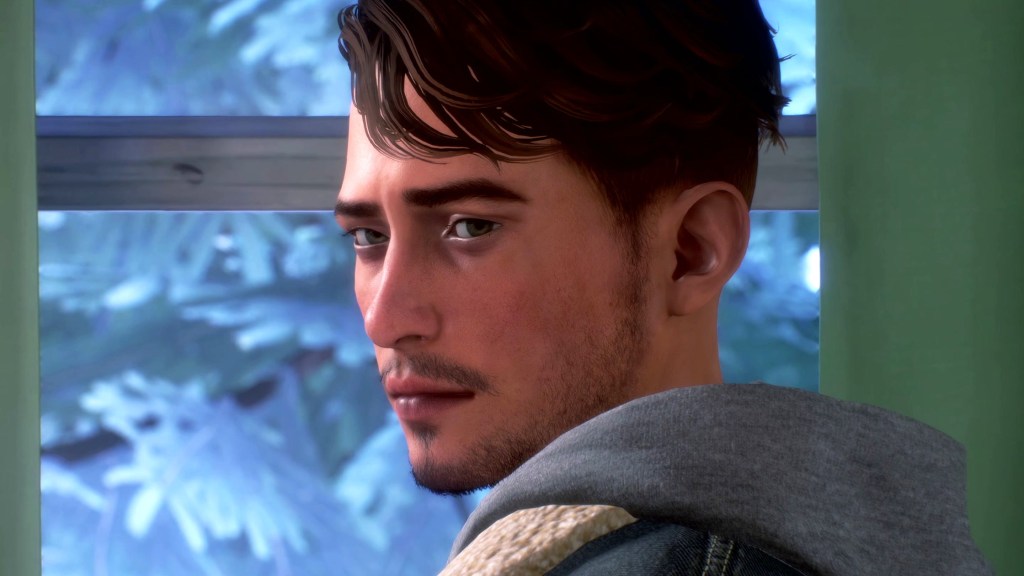
Just as people attach themselves to the core values of a gamer, others associate large parts of their identity with a specific game, its world or its characters.
This can become increasingly problematic, especially when said game, world or characters are changed or updated to reflect the fluid attitudes of society around it.
“If [players] have transphobic tendencies or biases, then when … a character they know and love comes out as queer or non-binary, they may feel a part of their own identity is threatened,” Dr McEwan explained, “They then could lash out because they feel they are being threatened, that it somehow compromises their own conception of self.”
This response might actually, in some cases, be subconscious, as Dr McEwan noted. Sometimes transphobia might not come from an intentionally malicious place, but that still doesn’t take away from the detrimental impact it has on members of the queer and gender-diverse community.
This makes sense when put into the context of the outcry that occurred when Bridget from Guilty Gear Strive came out as trans. The article we wrote about it, obviously, was flooded with transphobic comments, most using the lore of the game to justify their own transphobic opinions.
Although, Mahoney notes that retrospective inclusion is not the way to create meaningful trans representation in gaming and can allow for transphobia to occur.
“It just feels like a token queer person now, ‘Oh, yeah, that one? Yeah, they’re totally non-binary’; why did you not say that time? Is [that] actually the case, or are you just saying this to jump on the bandwagon?” Mahoney asks, “It’s hard to tell if it’s a legitimate representation or just a queerbaiting move to get support from the trans community.”
The retrospective labelling also enables non-trans players to attack the character under the guise of protecting the game’s lore.
“If it’s not canon, then it’s up to your own interpretation. Minecraft Bee is trans because it wasn’t stated that they’re not, but when it gets put in lore or canon, we can’t ignore that. It’s now not up to the player, and that image that they’ve had in their head this whole time is suddenly wrong,” Mahoney explained.
“I feel like it’s extra because it’s a trans or gender-diverse character now; that’s going to add fuel to the fire for the toxicity. If it wasn’t in alignment with what someone had, it’s gonna cause a bit of dissonance. Especially with a game that’s so old, if it’s a cherished character and you go and change that.”
What can gaming devs do about it?
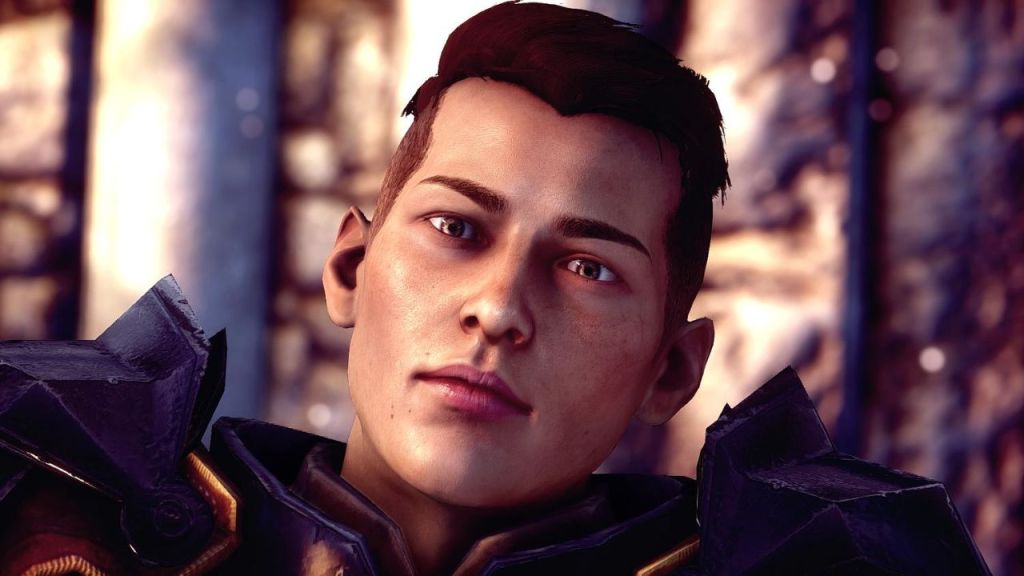
So we know transphobia exists in the gaming community, but what can we do about it? More importantly, what can gaming developers and publishers do to ensure their games remain inclusive for everyone?
It’s easy for gaming developers and publishers just to slap a label on a character and expect that representation to hold up. For many trans people, there isn’t a clear-cut and concise way of showing that a character actually is trans so it’s imperative that a character is fully realised as a trans person from the point of conception.
“It’s a label, but there’s no genuine expression, there’s no, ‘What does this mean?’ ‘What are the points of view?’ You’ve written [a character] as if it’s this and then just slap a label [onto them], you need to actually discuss with the community what would someone who identified this way be like in communication. What dialogue options are we talking about? Who should the voice actor be?” Mahoney explained.
Having trans representation in the studio
Having things like transgender voice actors playing transgender characters and building authentic representation in games can only come if the studios include trans and gender-diverse voices from the beginning.
It’s also important for game developers to understand that the trans experience shouldn’t only be there just to serve as a plot point. Random representation, like openly trans-non-playable characters, according to Mahoney, is just as important for trans people to feel included in the narrative.
Not having this authenticity in the developers’ room means that sometimes well-meaning gestures can actually create the opposite response.
“With Krem in Dragon Age, if you take a certain dialogue route, you will find out that Krem is trans. Some of my [research] participants weren’t easy with that being a shared thing. I think the captain mentioned it, which was not the captain’s story to tell,” Mahoney explained.
“Including some trans voices in development would have had some input on how to do it in a way that isn’t tokenising or using this trans narrative for profit. [Not just] trans baiting or queerbaiting but have a plan of ‘we want trans representation, we want gender-diverse folk, we want disability representation, the world is diverse, let’s have some diversity in here,’”
Mahoney also added that having trans representation in the development of a game allows for subtle signals to be placed in the game that trans and gender-diverse players can notice and feel somewhat embraced.
“Signals are things that you could put into a game for non-binary players without having to actively state this is a non-binary character, which would be marvellous. It’s always nice to see representation that’s like, ‘Gasp’ they’ve got a little pin that’s trans rights, you don’t necessarily see it unless you’re looking or know that symbol,” Mahoney explained.
Fostering a safe online community
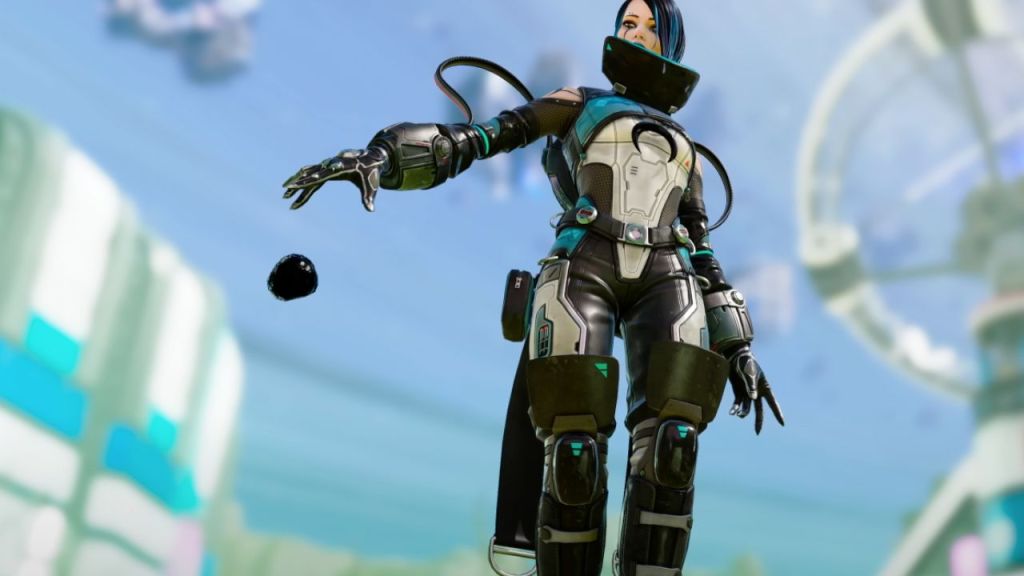
Dr McEwan believes that transphobia can either be mitigated and minimised or encouraged and amplified “depending on how the community is moderated, fostered and led”.
Fortunately, the former is becoming more prevalent, especially through the stories and representation in indie games over the past decade. However, having publishers actively be in support of the trans community and explicitly have something like an inclusivity statement can go a long way, according to Mahoney.
Although some might take this as a symbolic gesture, it can help the community be more aware that their games are a supportive place and should there be transphobia occurring, the developers and publishers will (hopefully) do something about it.
The double-edged sword that exists within online gaming is that this is where a majority of the transphobia occurs, but it is also where many trans people go to find their communities.
In their previous research, Mahoney found around 70% of their participants altered their online gaming behaviour to avoid transphobia. Be that not using voice chat, not playing with strangers, or not playing online multiplayer games at all.
However, some players were able to find an inclusive community through online gaming where they felt supported.
“There are spaces where you can play online without having to deal with the toxicity and the bullshit. It does exist. You just have to find it, which is sad, but I don’t want trans and gender-diverse players to come and go, ‘Oh, no, it’s just very toxic. So I can’t play,’ Mahoney said, “There are pockets of amazing communities that are supportive and affirming of all genders and identities and allies out there, and they can be found.”
Dr McEwan believes that having individual gamers and leaders step up and denounce discrimination when they see it online can inspire others to do the same.
In a similar vein, Mahoney noted that there needs to be some way of reporting community toxicity online. That reporting tool can come from either the publisher or from the platform the game is being played on.
Normalising the trans experience
A large part of the reason, I believe, why there is such intense panic about trans people is that we haven’t reached a point in society where we have normalised the experience of trans and gender-diverse people.
But how do we normalise this experience?
“Having a greater representation of trans characters and trans, non-binary or gender-fluid options in games is a good start,” Dr McEwan explains, “For that to happen we also need good representation of trans people throughout the games industry, and especially in higher-level design and production positions where the decisions about what stories are being told are made.”
“When these things can happen without, certain vocal yet minority parts of, the gaming community making a fuss about it then I think we have made progress.”
Obviously, it’s a very long road until we have accessibility and inclusiveness for all people but we’ve already seen some benefits of normalising the queer experience.
For instance, a lot of progress has been made with sexual orientation representation, although there’s still a way to go with that. However, this increased representation has allowed queer people to feel more comfortable being themselves openly.
“Representation gradually builds awareness and acceptance … We need that same sense of progress with trans and non-binary characters now as well,” Dr McEwan said.
Having customisable sims
Another way that gaming devs can help make the trans and gender-diverse community more accepted and embraced is to enable greater customisation of playable characters.
A recent update to The Sims 4 added a bunch of gender-inclusive customisable options like top-surgery scars and chest binders, a move that many, including Mahoney, saw as a positive step in the right direction.
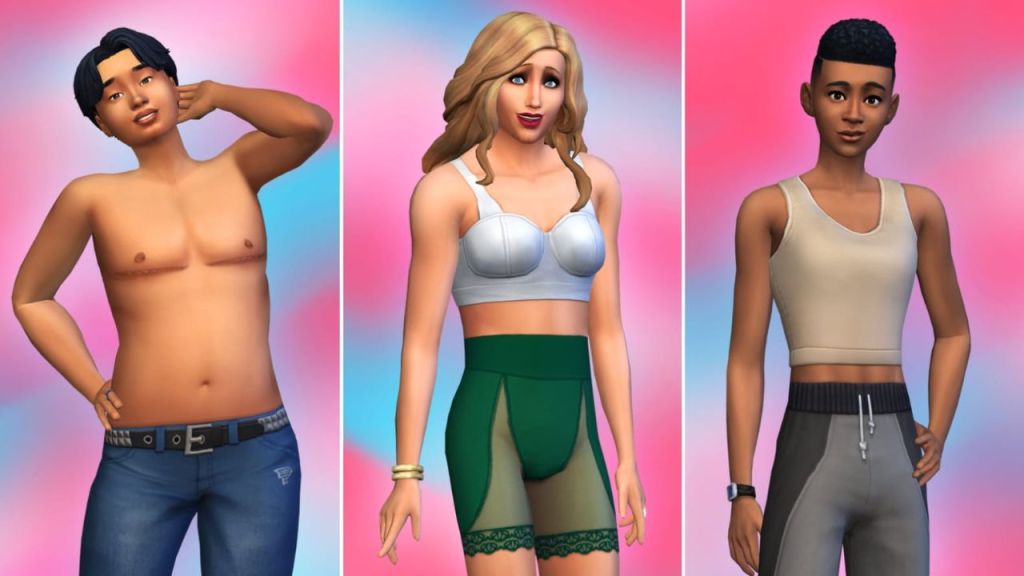
Interestingly, from Mahoney’s research, they found that some participants would discuss scars as a form of representation of self when avatars didn’t have any other way of expressing their trans identity.
“In lieu of [trans characters], they get any scars, you can have a face [one], an eye one and be like, ‘Yeah, that’s meant to represent the scars I have on my body,” Mahoney said.
Customisable options for characters are a really easy way for developers to make trans people feel more embraced.
As Charli Kelly said about being a trans person in gaming, “The wealth of possibilities in games with character customisation is exciting. I can create anyone, and be anyone I want to be.”
Kelly also said that games like Fallout: New Vegas appeal to her because you’re able to create your own character and dress them up to your liking. But then, you send them out into the world where there are constant threats, which she likens to the reality of being a trans person.
For first-person shooters where customisation options may not be applicable nor does gender really have a role in the gameplay itself, Mahoney thinks having a greater pool of different gender identities to be randomly assigned to can help increase visibility.
There’s also the possibility of game developers adding artefacts, signage or small gestures that signal to the trans community that they exist in the gaming world they’re in.
Unfortunately, there is no silver bullet to ending transphobia, as much as we hope there would be. We all play an active part in either enabling it or taking a stand against it and helping uplift the trans folk we have in the gaming community.
If you are concerned for yourself or your safety, there is always help. Lifeline Australia is always available on 13 11 14. In emergencies, call 000.
You can find helpful resources for trans people in Australia at transcend.org.au.
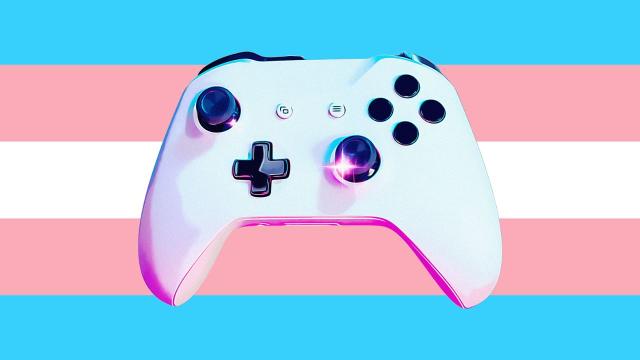
Leave a Reply